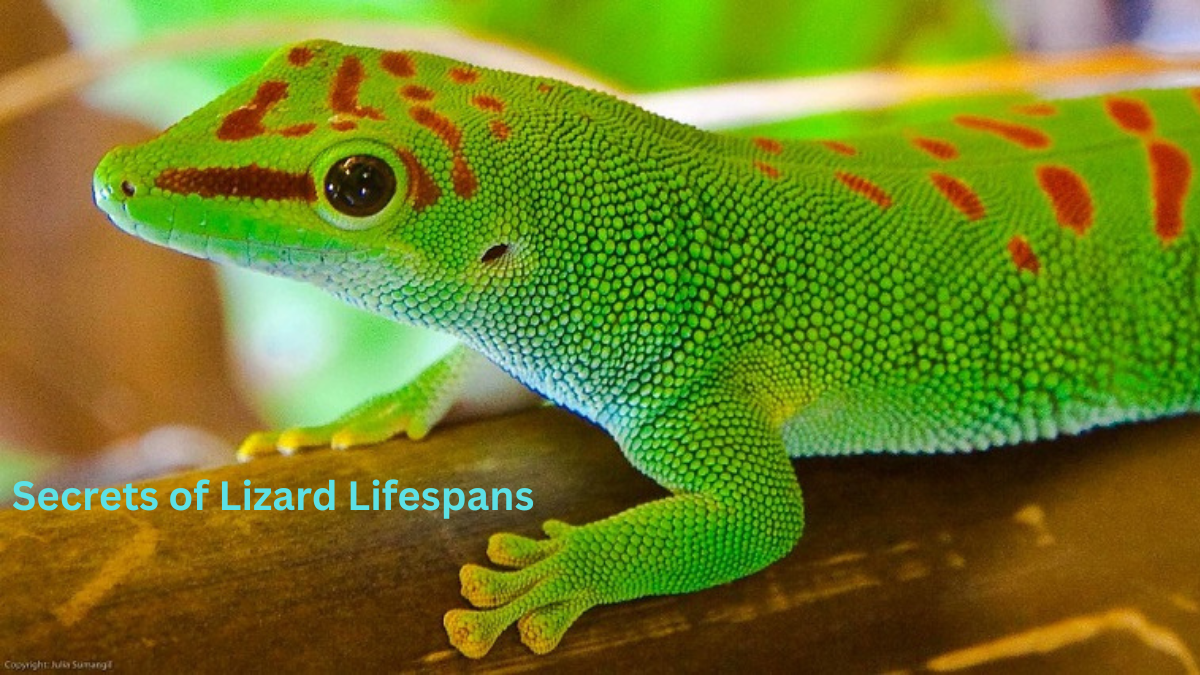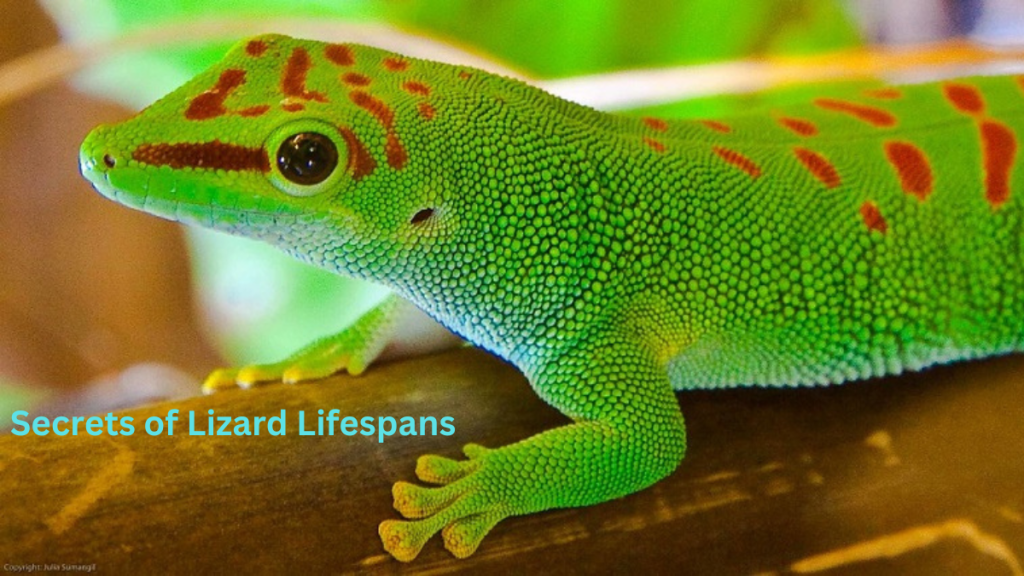Lizards, with their diverse species and unique characteristics, have been fascinating creatures for both biologists and curious minds alike. One question that often piques interest is, “How long can a lizard live?” In this article, we’ll explore the intriguing world of lizard lifespans, discovering the factors that influence their longevity and some remarkable lizard species that defy the odds.
The Diversity of Lizards
Before we dive into the specifics of lizard lifespans, it’s essential to grasp the incredible diversity within the lizard world. There are over 6,000 known species of lizards, each adapted to a wide range of environments and lifestyles. These adaptations often play a crucial role in determining their lifespan.
Factors Influencing Lizard Lifespans
The lifespan of a lizard is influenced by various factors, some of which include:
1. Species:
Different lizard species exhibit a wide range of lifespans. Some are short-lived, while others can live for decades.
2. Size:
In general, smaller lizard species tend to have shorter lifespans compared to larger ones. This is not a hard and fast rule, but it’s a common trend.
3. Habitat:
The environment in which a lizard lives significantly impacts its longevity. Lizards in harsh, predator-rich environments may have shorter lifespans due to the challenges they face.
4. Diet:
A lizard’s diet plays a crucial role. Herbivorous species that primarily consume plants often live longer than their carnivorous counterparts.
5. Predators:
Lizards are part of many food chains, and their position in these chains can affect their lifespans. Those lower down the chain may have shorter lifespans.
Lizard Lifespans: The Spectrum
Now, let’s explore the lifespan spectrum of some notable lizard species:
1. Anole Lizard (2-8 years):
These small, colorful lizards found in the Americas have a relatively short lifespan. Their vibrant displays and quick movements are their defense mechanisms.
2. Green Iguana (10-20 years):
These herbivorous giants can live for quite some time if well cared for. They are often kept as exotic pets.
3. Leopard Gecko (15-20 years):
A popular choice among lizard enthusiasts, leopard geckos have a decent lifespan for their size.
4. Chuckwalla (25-35 years):
The chuckwalla is a robust lizard known for its lifespan, sometimes reaching over three decades.
5. Galápagos Giant Tortoise (100+ years):
This iconic lizard takes the crown for the longest-lived species, often exceeding a century.
Lizard Lifespans in Captivity vs. the Wild
Lizards in captivity often enjoy longer lifespans compared to their wild counterparts. This difference can be attributed to several factors:
1. Reduced Predation:
Captive lizards are shielded from natural predators that can significantly reduce their lifespan.
2. Consistent Nutrition:
In captivity, lizards have a stable supply of food, reducing the challenges associated with finding food in the wild.
3. Controlled Environment:
Captive lizards live in controlled environments with regulated temperatures and safety measures.
Exceptional Cases
Some lizard species have astounded researchers with their incredible longevity. For example, the tuatara, native to New Zealand, is often considered a “living fossil.” Some individuals have been known to reach over 100 years, displaying a remarkable ability to defy the aging process.
Conclusion
The question, “How long can a lizard live?” doesn’t have a one-size-fits-all answer. Lizard lifespans vary significantly due to species, size, habitat, diet, and numerous other factors. Understanding these factors not only deepens our appreciation for these creatures but also aids in their conservation.
As we continue to study and admire the diverse world of lizards, we’re bound to discover more about the secrets behind their remarkable lifespans. The lizard’s longevity, from the brief lives of anoles to the centuries-long existence of the Galápagos giant tortoise, serves as a testament to the resilience and adaptability of these incredible creatures in the natural world.


